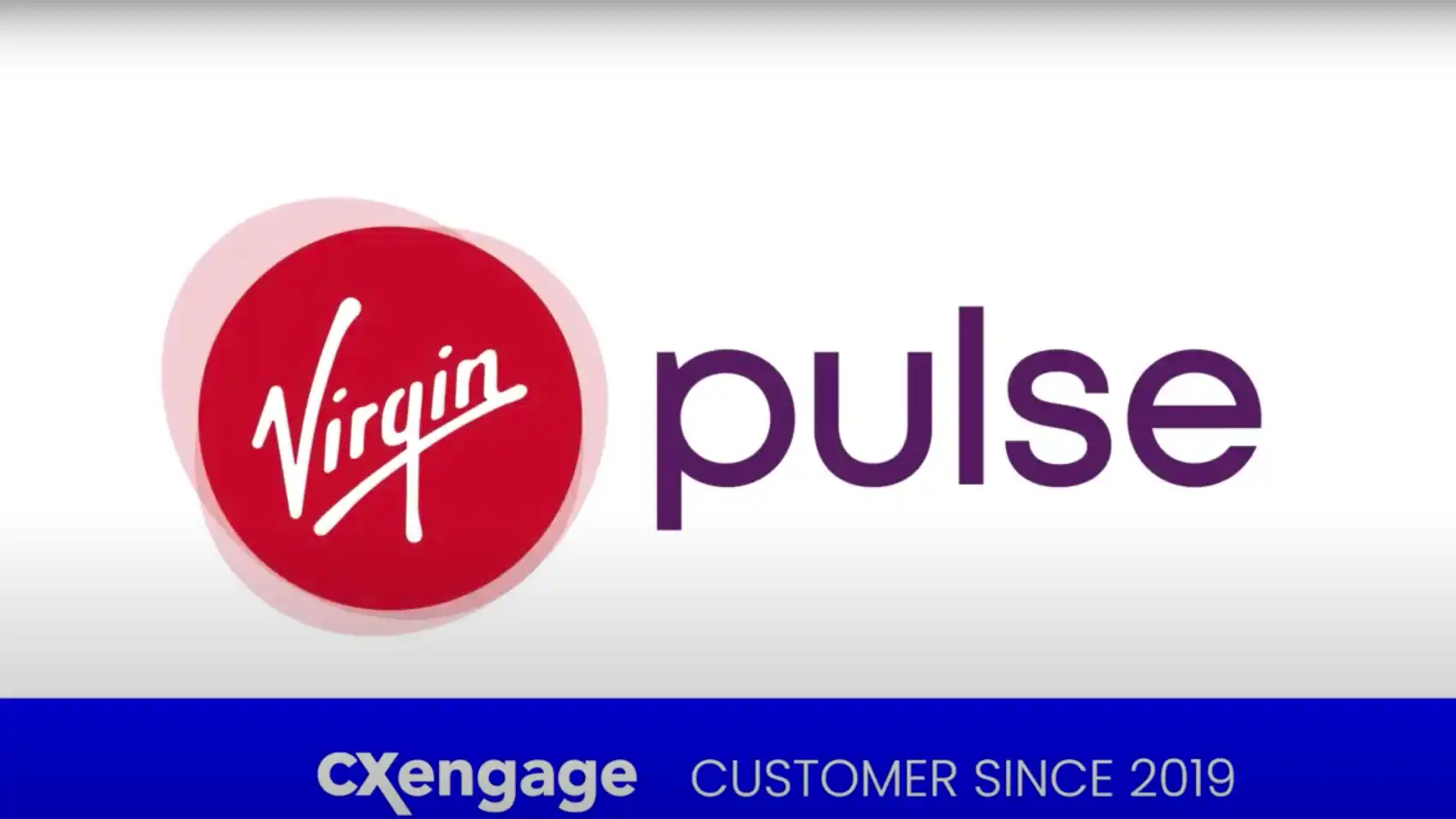With COVID-19 continuing to spread and wreak havoc across the globe, we’ve been busy working with our existing and new customers to help them manage the unprecedented—and unexpected—effects. We’ve been sharing our expertise and doing a lot of listening to understand the most important challenges contact centers are facing every day of this crisis. Together, we’re finding the fastest and most effective ways to solve those challenges.
While the situation evolves, we know with certainty that the cloud is the only viable solution for contact centers to transition their agents to safely work from home and meet increased demand while maintaining positive customer experiences and business continuity.
Many state, local and federal governments have issued stay-in-place orders for all but essential businesses, and global organizations have had to move quickly to not only pivot to work-from-home (WFH) teams, but also establish systems that adequately support them.
The Challenge of Transitioning to WFH: A Success Story
Moving to the cloud can be done quickly. In fact, for one Serenova customer—a multinational financial services company transitioning to a WFH model—we deployed the necessary infrastructure to support it within two hours.
For this global enterprise customer, there were massive challenges to address. Many agents weren’t technically savvy. Others had weak home WiFi or needed special equipment. It was critical to address the issues quickly so agents could be up and running, and back to serving customers, without negatively impacting service-level agreements (SLAs).
For organizations around the world addressing unprecedented needs during this crisis, solutions are about supporting people—both internal and external. The infrastructure we helped create for this customer provided direct support to internal agents so they could serve external customers.
A Fully Supported WFH Solution Live in Just Two Hours
An internal IT support team was established by the customer to provide expedited support to its WFH agents and help them get back to work fast. Using Serenova’s cloud contact center solution, our professional services group configured a dedicated cloud tenant for the internal IT team exclusively supporting the new WFH agents in under two hours.
For this global financial organization, the results were as swift and important as the deployment. It overcame many of the same hurdles we’re seeing other large organizations around the world face amid the COVID-19 new normal, such as the need for dedicated technical teams to support WFH an agent’s experience as they meet heightened customer service demand in this period.
With our expert team and innovative technology, contact centers can:
Achieve Nearly Immediate Delivery: Since Serenova’s solution is built on a true cloud platform, the ability to scale services up or down is fast and simple. Configuring and customizing the new tenant for this customer’s internal IT support was nearly immediate. Our professional services team set up an IVR flow, added agents in bulk and was fully functional the same day.
Easily Add More Agents As Needed: Initially, 20 IT support agents were using the new cloud tenant. The configuration worked so well that the company quickly asked us to add another 30+ agents to service the high call volumes. The cloud’s ability to burst to scale meant we could add the support needed right away.
Modify SLAs for Special-Case Scenarios: The IT support group’s interactions with our customer’s new WFH agents were often lengthy since they required a lot of first-time troubleshooting in a home and nonstandard environment. Applying the company’s standard SLAs in this situation, which was similar to a disaster scenario, wasn’t realistic. With a separate cloud tenant, the usual SLAs could be eliminated or modified so the IT support team could dedicate the necessary time to each call. Segmenting in this manner also gives the ability to measure and define critical care SLAs and KPIs for crisis situations.
Fully Support Employees during Crisis: In uncharted territory, it’s critical to support your employees in a way that helps them deal with stress so they can continue to do their jobs well. By assigning a dedicated IT support team to assist agents as they navigate the challenges of setting up their WFH environments, our customer put their employees first, ensuring business continuity. By guaranteeing new WFH agents could reach a human who would support them, the agents could continue to service customers.
Engage Professional Services Experts with Contact Center Experience: Configuring a new contact center solution requires a lot more thought than just setting up a phone number. It’s critical to think through all aspects of the system’s configuration in order to satisfy and maintain a positive customer experience and operational continuity. This can be tough for contact center managers to do on their own.
We have the expertise and technology to get it done. Our professional services experts have worked in contact centers, so they understand the importance of implementing critical functionality like call back queues, reporting and more. They can guide your decisions and recommend the important processes and analytics you’ll need to implement in order to satisfy service needs and commitments.
Build a Business Case for the Cloud: If you haven’t had a compelling reason to migrate to a cloud contact center solution, the COVID-19 crisis and the necessity to quickly transition your agents to WFH might be the driver you need. One of the best ways to assess a cloud solution’s impact is by analyzing reports and critical performance metrics. You’ll have a compelling case with actual data needed to support a full transition to the cloud.
Respond Quickly to a Future Disaster: One of the biggest advantages of a cloud contact center solution over an on-premises system is that it’s always ready in case of a disaster. Whether your contact center is cloud, on-premises or hybrid, the cloud-based solutions you set up to support your contact center during COVID-19 can be turned off when the crisis abates, but it will be immediately ready when needed. If your contact center loses power, severe weather hits, or in the event of any future crisis that necessitates a WFH workforce or scaling for volume spikes, the infrastructure is there to support it.
We’re Here for You
You don’t have to manage the COVID-19 pandemic alone. This crisis has demonstrated the strength of our team. Every day, I’ve been humbled by the ways our professional services and customer success teams have creatively identified and quickly implemented solutions for contact centers in this crisis. We’re supporting contact centers as they navigate the unchartered, and we’re here to help guide you too.
Serenova has established a reputation for a customer-first approach and our uniquely experienced team of customer advocates and technology and process experts. Our roots are in the contact center. We started as a business process outsourcer (BPO) before we evolved into a technology company.
We built our cloud solution because we understand the everyday challenges of the people and organizations we serve. Now—when the everyday has become the unexpected—Serenova’s unique approach is more important than ever.






